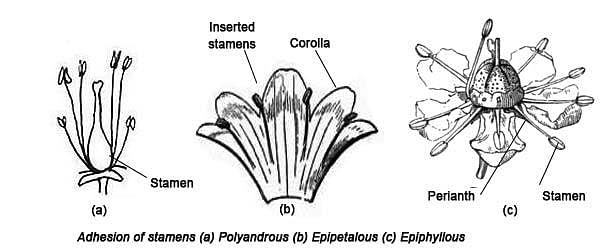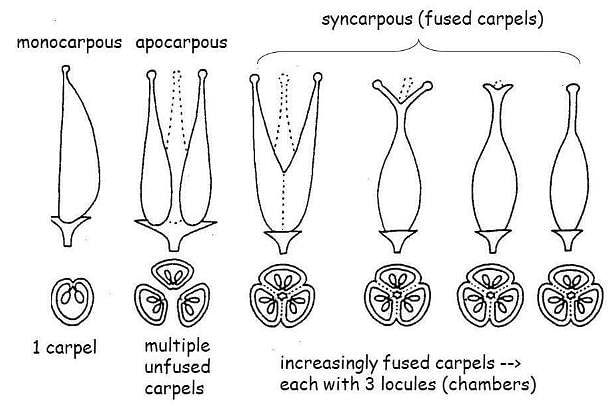Test: Roots, Stems, Leaves & Parts of Flower - NEET MCQ
15 Questions MCQ Test Topic-wise MCQ Tests for NEET - Test: Roots, Stems, Leaves & Parts of Flower
Roots originate from the base of the stem and constitute the fibrous root system in which of the following plants?
Actinomorphic nature of flower is represented by which of the following symbols?
Which of the following conditions is correct with respect to family Solanaceae?
Root hairs develop from the region of
Arrangement of sepals & petals with respect of other is:
Consider the following statement and answer the question that follows.
Various groups of floral parts develop one after another from the receptacle.
Which of the following parts of a plant are the first to form?
The technical term used for the androecium in the flower of pea is
If the filaments are fused in a single group the condition is:
Syncarpous gynoecium has two or more:
A typical flower with superior ovary and other floral parts inferior is:
The tissue which attaches the ovules inside the ovary is:
|
9 docs|1272 tests
|




















